Connecticut River Conservancy gets boost for water quality testing
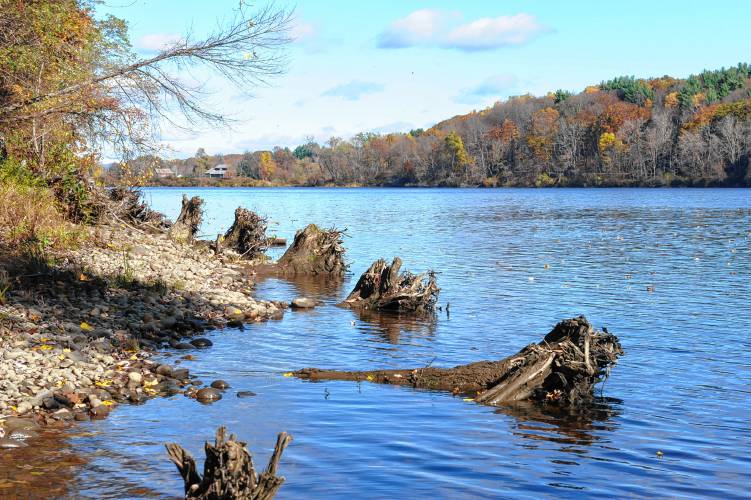
The Connecticut River in Gill. STAFF FILE PHOTO/PAUL FRANZ
| Published: 03-04-2025 1:07 PM |
GREENFIELD — The Connecticut River Conservancy is receiving $32,366 from the state Department of Environmental Protection as part of a larger $200,000 statewide grant to nonprofits for water quality monitoring of rivers, lakes, ponds and coastal resources.
According to MassDEP, the Greenfield nonprofit was awarded the grant alongside other state watershed associations and councils, including the Deerfield River Watershed Association, Fort River Watershed Association, Chicopee4Rivers Watershed Council, and Millers River Watershed Council.
“The grant will support water quality monitoring in the Massachusetts portion of the Connecticut River watershed and its sub-watersheds. Funds will also support continued outreach regarding volunteer opportunities,” the state agency announced.
CRC Water Quality Program Manager Ryan O’Donnell explained that the money will be used to purchase testing equipment for water quality monitoring in the summer, and the equipment will be dispersed to the four other groups that are part of the grant.
The main focus of the testing will be on E. coli bacteria levels, O’Donnell explained. According to a U.S. Environmental Protection Agency fact sheet, water quality testing for E. coli helps determine if water is safe for recreation, like swimming or boating. The bacteria is known as an “indicator organism,” meaning the level of E. coli in a water sample can indicate fecal contamination where harmful pathogens from fecal matter could be present, increasing the risk of illness.
O’Donnell explained that these local associations and councils taking the lead on E. coli testing is important based on the nature of how quickly E. coli requires testing after it is collected.
The samples taken by these local groups can be sent to Greenfield at the CRC water quality testing lab for testing within the six-hour window before the bacteria reproduces, so an accurate reading of the E. coli from the water can be recorded. Once the sample is processed, the data is made available to the public via a CRC “Is It Clean?” database, and the data also is sent to MassDEP and the EPA for their records.
“The state has entrusted us watershed associations who are able to work on the local level to collect this data, because someone from the state couldn’t be driving all over the entire state of Massachusetts, and getting these samples back to their lab in time to get that window,” O’Donnell explained. “So it really is a partnership, and we really appreciate the opportunity to fund our work.”
Article continues after...
Yesterday's Most Read Articles
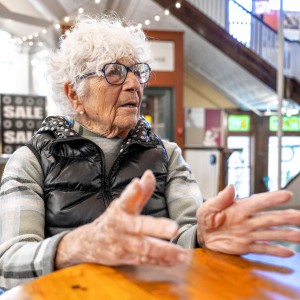 ‘Delightful’ Northampton store shopping guide Jane Hertz, 88, seeking next gig
‘Delightful’ Northampton store shopping guide Jane Hertz, 88, seeking next gig
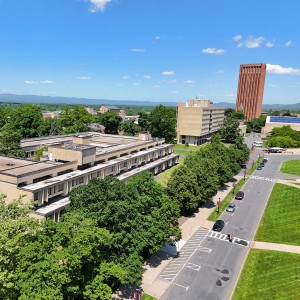 ‘Whole campus’ approach: UMass working to help six students whose visas, status were revoked
‘Whole campus’ approach: UMass working to help six students whose visas, status were revoked
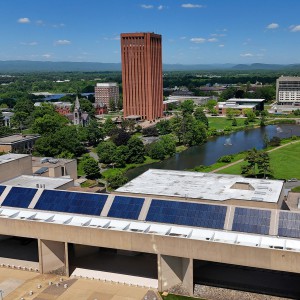 Five UMass Amherst students have visas, student status revoked
Five UMass Amherst students have visas, student status revoked
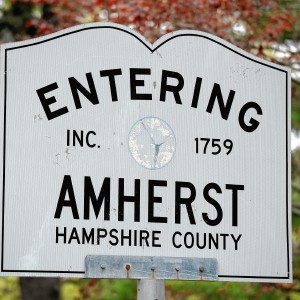 Amherst finance director to return to UMass
Amherst finance director to return to UMass
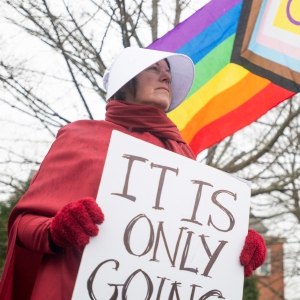 ‘Hands Off’ protest: 5,000 people in half-dozen Hampshire County communities protest against Trump policies
‘Hands Off’ protest: 5,000 people in half-dozen Hampshire County communities protest against Trump policies
 Long-vacant former Faces spot in Northampton gets new tenant
Long-vacant former Faces spot in Northampton gets new tenant
The Athol group, The Millers River Watershed Council, also were part of the grant to cover water quality monitoring along the Millers River, and the council performs water quality testing of the Millers River by the confluence of the Connecticut River.
Council President David Brule said the grant helps pay for water quality testing materials that are used for testing primarily once or twice a month between late May and early October, alleviating the extra cost to keep up testing. According to Brule, the water of the Millers River was contaminated for many years, but advocacy by the council on getting the river clean has led the river to be in the best shape it’s ever been.
Outside of the CRC, the Blackstone River Coalition, Inc. was awarded $42,350, the Ipswich River Watershed Association $50,576, and the Buzzards Bay Coalition $74,708.
Erin-Leigh Hoffman can be reached at ehoffman@recorder.com or 413-930-4231.






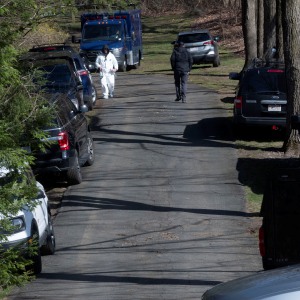 FBI conducts court-authorized investigation at Hockanum Road home in Hadley
FBI conducts court-authorized investigation at Hockanum Road home in Hadley  Northampton takes aim at renter-paid broker’s fees
Northampton takes aim at renter-paid broker’s fees Q&A with UMass President Marty Meehan
Q&A with UMass President Marty Meehan
